1363 Beds and infrastructure at UBC
Dreamers, Skeptics, and Healers: the Story of BC’s Medical School. The UBC Faculty of Medicine at 70 years
by Wendy Cairns, John Cairns, David Ostrow, and Gavin Stuart
Vancouver: Page Two Books, 2021
$50.00 / 9781989603895
Reviewed by Jaime Smith
*
 As a graduate of the UBC medical school in 1976 and after training there in psychiatry and joining the faculty, I rose to the position of Clinical Associate Professor of Psychiatry. From my initial admission interview in 1971 to my final receipt of the “Acknowledging Your Contributions” form letter when I departed after 23 years, I became familiar with many of the academic and clinical teachers providing instruction about the art and science of medicine throughout this period of time.
As a graduate of the UBC medical school in 1976 and after training there in psychiatry and joining the faculty, I rose to the position of Clinical Associate Professor of Psychiatry. From my initial admission interview in 1971 to my final receipt of the “Acknowledging Your Contributions” form letter when I departed after 23 years, I became familiar with many of the academic and clinical teachers providing instruction about the art and science of medicine throughout this period of time.
In 1994 I left the hothouse scenes of simultaneously heading an acute care inpatient service and being the consultant in psychiatry with the AIDS Clinical Care Team at St. Paul’s Hospital in Vancouver. As the HIV epidemic waned with the development of viral suppressant therapy, I decided to pursue a quieter and cooler retirement in the Yukon Territory, as the only clinical psychiatrist in an area the size of France, with a population of about 30,000 souls.
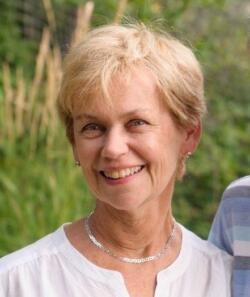
Now fully retired from practice, after half a century I remain grateful for the outstanding educational experiences received at UBC, from many of the professors and clinicians I knew personally who are mentioned in Dreamers, Skeptics, and Healers.
This is not a book about the treatment of sick people or the pursuit of research in the health sciences, nor is it one about the pedagogy of clinical medicine. It is a book about the history of infrastructure of an institution in BC designed to facilitate the learning of those skills required to pursue a career as a physician providing medical services, and at the same time, to create an multidisciplinary venue for the pursuit of medical science, both of these activities being noble and humane occupations.
The medical school’s solid infrastructure consists of the buildings housing the physical resources — the lecture halls, teaching aids, laboratory facilities, resource libraries, faculty and administrative offices, etc.
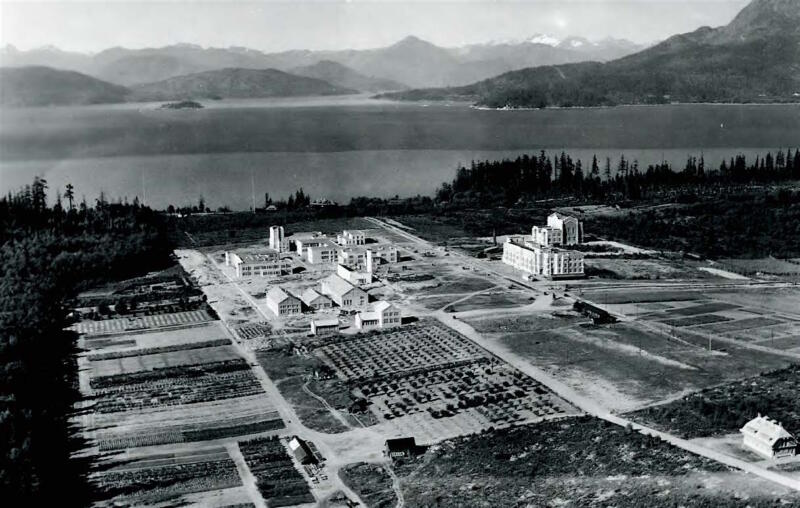
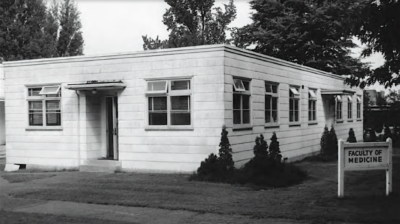
The human infrastructure includes the teaching faculty, biological scientists, and administrative officers, these three being the primary focus of the book. There are glowing accounts of dozens of individual participants in the formation, growth and expansion of the UBC medical school, from a temporary hut for the first 60 students in 1950 to today’s distributive model with four campuses and nearly 300 students in each of the four undergraduate years, with many more in postgraduate programmes.
The perseverance of the faculty, their frustrations and successes are carefully presented, often in minute details of meetings, documenting the lively debates among these gifted and intelligent men and women of both the scientific and clinical faculties. All were determined to succeed in creating what they termed a “world class” facility, though of course also being driven by their normal individual desires to advance their careers.

These intricate accounts of faculty meetings will doubtlessly be fascinating reading for those who were involved and still remember their outcomes, but for ordinary readers among today’s scientists and clinicians, not to mention the general public, they are about as interesting as are the fine details of deuteronomistic genealogy to the average Christian or Jewish non-scholar.
The book is divided into seven chapters, chronologically moving from the initial desire to create a provincial medical school and the first classes in 1950 to the present day (2020), simultaneously describing the growth of physical infrastructure along with brief biographies of those who over seventy years contributed to the growth and resources resulting in what is described by the authors as a ‘world class’ medical school.
Little is said about the other two major participants in the enterprise: the students themselves, or the ultimate intended beneficiaries — patients. The latter word does not even appear in the index, which consists almost entirely of the names of the professors, scientists, administrators, politicians and philanthropic benefactors who contributed to the emergence of the present “world class” institution. The 189 pages are replete with the toothy smiling portraits of eminent researchers, lecturers, physicians, administrators, and above all, the esteemed philanthropic donors, whose names, in exchange for cash donations, are prominently displayed on various buildings around the four distributed campuses in Vancouver, Victoria, Prince George, and Kelowna.
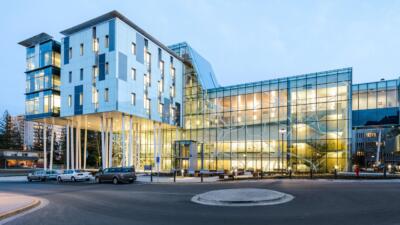
Financial issues were the bugbear of expansion, once involving monetary considerations concerning apportionment of public vs. private beds in teaching hospitals, before the arrival of universal Medicare. (In hospital jargon, “beds” are defined as containers for holding sick, non ambulatory people, unable to be treated as outpatients. The size of a hospital is measured by the number of “beds” it contains.)
British Columbia entered the federal Medicare program on 1 July 1968 and concerns over public vs private “bed ownership” became moot, though monetary issues for doctors remained, and some still continue to advocate private hospitals, where wealthy patients can pay to avoid long waiting lists for non-urgent emergency surgeries.
The book’s focus then is primarily about “beds,” not sick people. It is about the history and infrastructure of an educational institution, its buildings, locations, sites, costs, design, contents, and nomenclature. It is also a book about control, careers, responsibility, division of labour, and money. It is undeniably self-servingly positive, yet deservedly so, a story of remarkable advances in the provision of medical services to citizens in the province of British Columbia over the past 70 years.
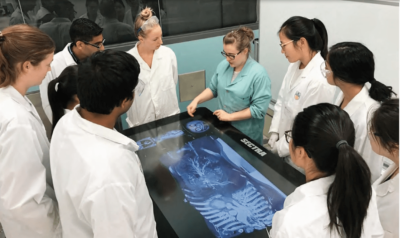
It’s not a book about medicine or ideas about healthy living. It is not about teaching methods or the treatment of disease. There is only minimal content addressing pedagogic details about what is to be taught, or about how it should be taught.
That said, it is nevertheless a beautiful and inspiring book, similar to a coffee table art book, unlikely to be read in the bus on the way to school or work, or for bedtime perusal. Never intended to be a bestseller, Dreamers. Skeptics, and Healers probably will be found in waiting rooms for patients, where it will hopefully promote positive expectations about their forthcoming medical consultations, diagnoses, and treatments.
In any event, the text will surely become a treasured historical document, available to anyone interested in the development of the UBC medical school. It ably delivers what was promised.
*
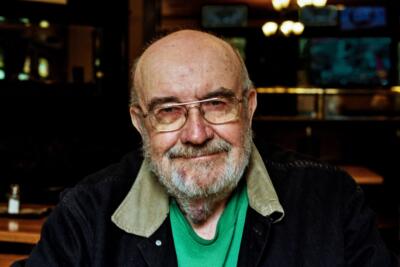
Jaime Smith BA (Hons) MS MD FRCPC has undergraduate degrees in Humanities and Medicine from the Universities of Minnesota and British Columbia, and postgraduate training in Astronomy from the former and UBC for the latter. A retired Fellow of the Royal College of Physicians of Canada and Life Member of the Canadian Psychiatric Society, he has published a memoir Foxtrot (2020) that is included with his first collection of essays Stardust (2021), and a further collection of essays, Meteors, is currently in press. Subjects include physical science, biology, philosophy, religion, behaviour, society, music, literature, the dimension of time, and the prospects for humanity in the near and distant futures. After an adventurous life, travelling by both motorcycle and rail from Patagonia to Yukon to Europe and across Siberia, he now spends his time by reading, thinking, and writing in his blog. A widower since 2011, he has three daughters, seven grandsons, and five great-grandchildren. He lives in Victoria. Editor’s note: Jaime Smith’s Foxtrot is reviewed here by Peter Ward, and Stardust by Sheldon Goldfarb.
*
The Ormsby Review. More Books. More Reviews. More Often.
Publisher and Editor: Richard Mackie
The Ormsby Review is a journal service for in-depth coverage of BC books and authors in all fields and genres. The Advisory Board consists of Jean Barman, Wade Davis, Robin Fisher, Cole Harris, Hugh Johnston, Kathy Mezei, Patricia Roy, Maria Tippett, and Graeme Wynn. Scholarly Patron: SFU Graduate Liberal Studies. Honorary Patron: Yosef Wosk. Provincial Government Patron since September 2018: Creative BC
“Only connect.” – E.M. Forster

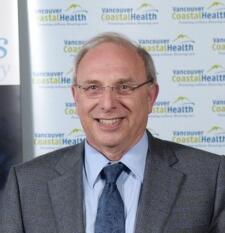
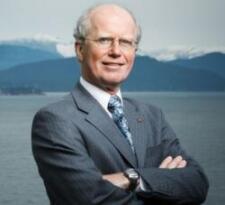
One comment on “1363 Beds and infrastructure at UBC”